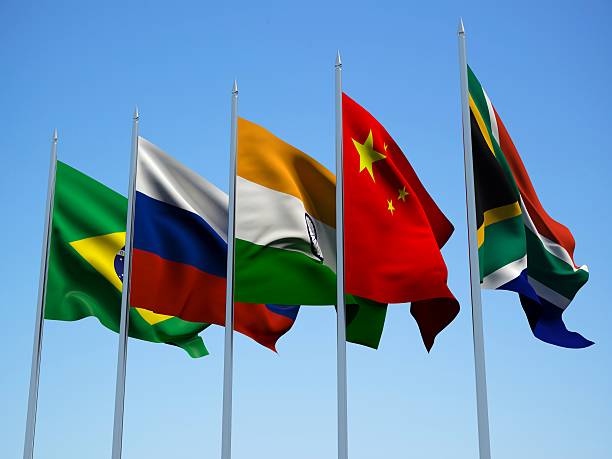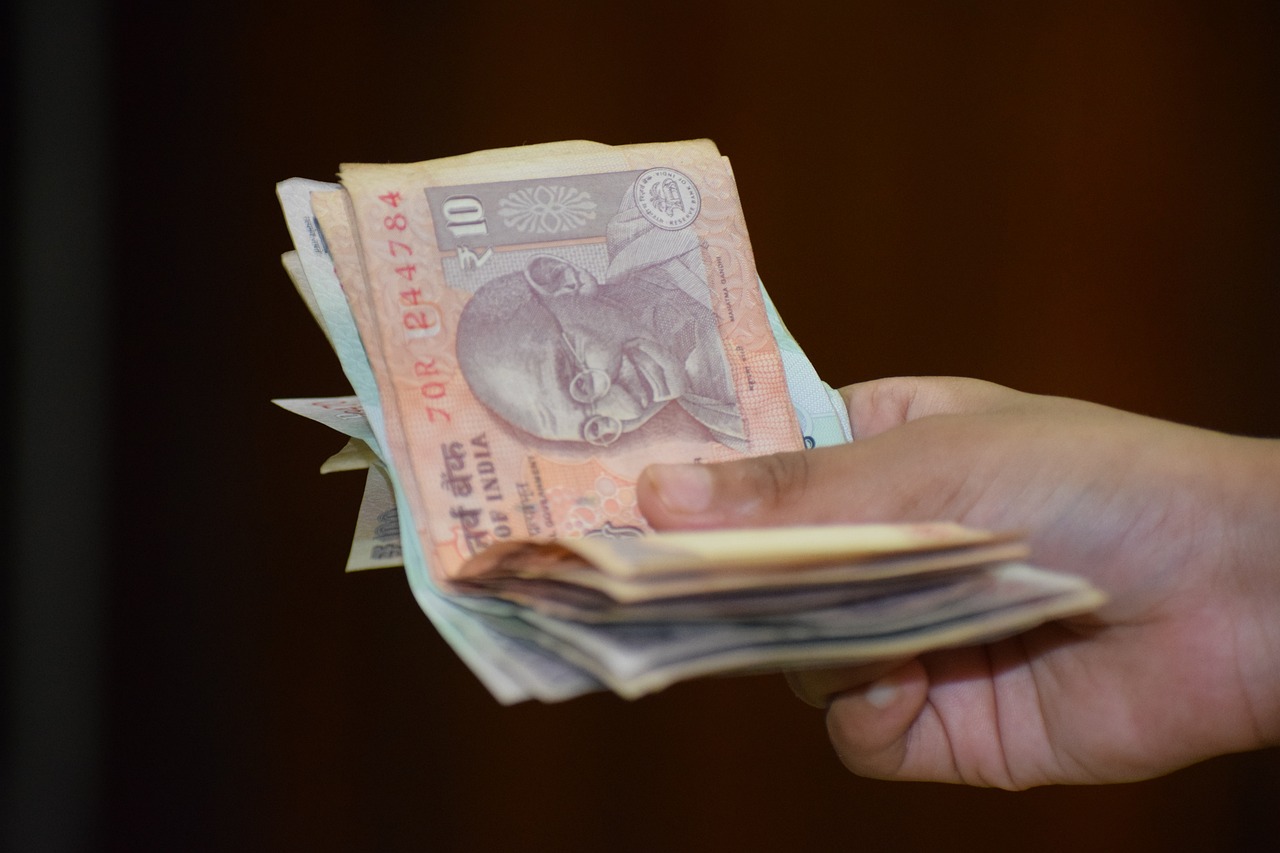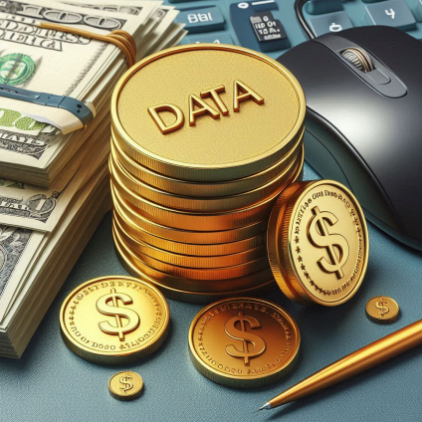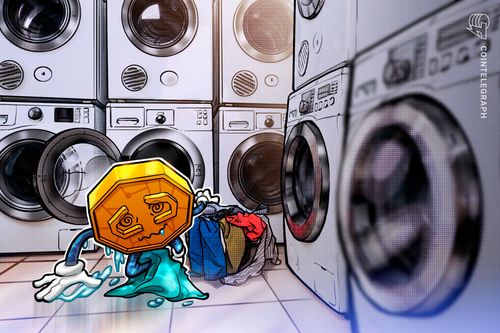
Questions have been raised concerning the potential effects of the proposed formation of a new currency for the BRICS nations (Brazil, Russia, India, China, and South Africa), currently the main global reserve currency. Although introducing a BRICS currency may affect the international monetary system, it is vital to consider several variables that affect how the U.S. dollar will be affected.
For the BRICS currency to significantly impact the status of the U.S. dollar, it must first become widely accepted and used. The dominance of the U.S. dollar is firmly established due to its dependence on international trade and financial institutions. Any new currency, especially one issued by the BRICS countries, would need to experience a significant change in usage and confidence to challenge the U.S. dollar's dominance as the main reserve currency.
Furthermore, the BRICS currency's reputation and stability will be crucial in determining how it affects the U.S. dollar. Historically, people have viewed the dollar as a haven asset, especially when the economy is unsure. The BRICS currency may draw investors and central banks looking for diversity if it can establish itself as a dependable and stable alternative. Building such credibility would take time and depend on several different things, such as the BRICS nations' sound economic fundamentals, efficient monetary policies, and budgetary restraint.
Geopolitical issues also play an important impact, which cannot be ignored. The supremacy of the U.S. dollar is strongly related to the country's economic and political might on the international scene. The position of the U.S. dollar could be affected by any significant changes in the balance of power among countries, especially the rise of the BRICS nations. However, any abrupt and significant adjustments are difficult to implement due to the long-established global financial system and the interconnectivity of economies.

It's also important to remember that the BRICS nations themselves have a stake in seeing that major currencies, like the U.S. dollar, maintain stable exchange rates. They must carefully manage currency transfers to prevent upsetting their economies and global trade relations as significant trading partners and owners of assets denominated in U.S. dollars.
How Will the BRICS Currency Work?
The anticipated BRICS currency works exactly the way as the U.S. dollar. But unlike the dollar, which presently has global recognition, BRIC member nations will only use the currency. Again, it is no more news that the natural resources from the member nations will back this new currency. Because of the exclusiveness of this currency, BRICS is planning on creating an IMF equivalent. This bank will offer loan facilities and is entirely free of IMF or dollar influence. To achieve this, they are coming up with many lending instruments, one of which includes the Contingent Reserve Arrangement (CRA). The CRA is a $100 billion funding project meant to provide short-term liquidity assistance to its members, using 'almost' the same template as the IMF.

Another instrument is the New Development Bank (NDB). This is a $50 billion funding project founded by the Asia Infrastructure Investment Bank (AIIB) and already has 56 participating countries, including India. With Mr. K.V. Kamath as the president, the NDB will be working as the new World Bank for the BRICS nations (and other countries that wish to join) and will operate specifically on the new BRICS currency.
Conclusion
While introducing a BRICS currency may affect the global monetary system, it is unclear how it may affect the U.S. dollar's position as the main reserve currency. These include the new currency's widespread adoption and use, its stability and legitimacy, geopolitical dynamics, and the economic interests of the BRICS nations. A meaningful move away from the U.S. dollar's hegemony would be a slow and complex process involving significant coordination and confidence-building among countries, even though changes to the global financial environment are likely in the future.




